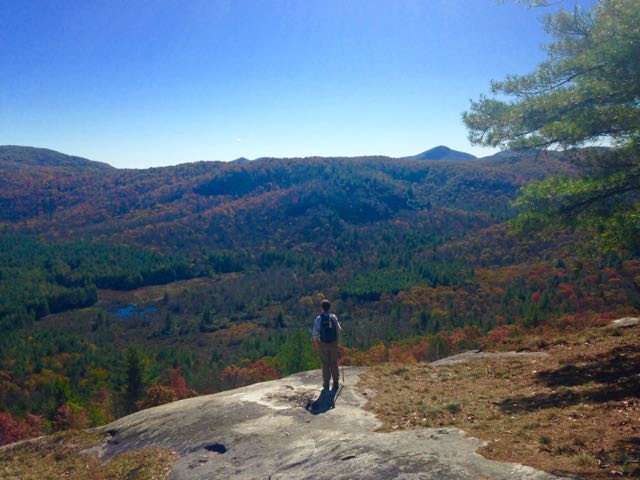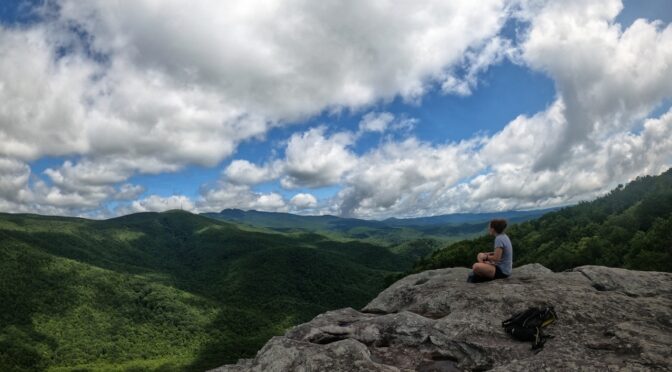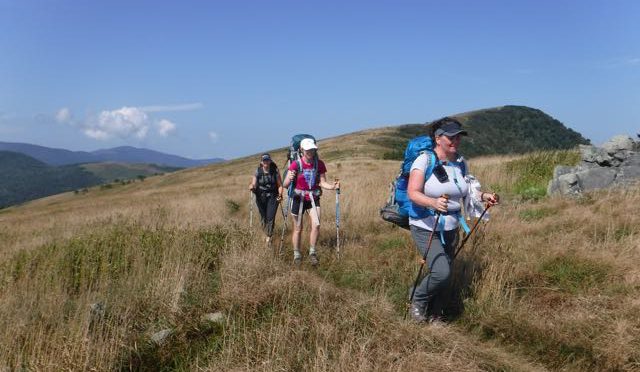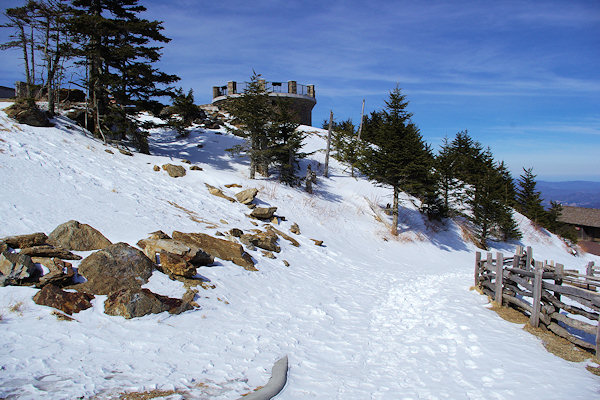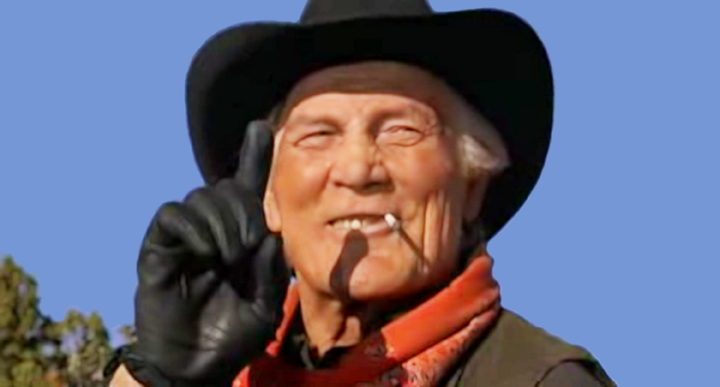It was the podcast you hope for setting out for a long walk: a tale of adventure and intrigue from a distant time that makes you think, Man, I wish I’d been there. That sense of longing fades to wistfulness when you realize you could have been there. Or some place very much like it.
Tag Archives: goals
For 2022, set the goal that’s right for you
Now’s typically the time we start thinking about goals for the year ahead. We all do it. By and large, it’s a good thing. By and large, because we get locked into a way of thinking that doesn’t always reflect what our true goals are.
For instance, when we think of goals we tend to think in terms of physical goals. New Years goals over the years have come to be associated with our health, specifically with weight loss. So while our stated goal may not be to lose 35 pounds by swimsuit season by hiking, that may well be our underlying motivator. “I’m going to hike twice a week,” or I’m going to hike 20 miles a week,” may not be overtly about weight loss, but that might well be the underlying factor. The problem? Having such a metric-driven goal may diminish the joy you get out of hiking. Rather than looking for 5-mile hike with lots of scenic stops for a given Saturday, you may opt instead for a longer hike where you’ll burn more calories. Eventually, it becomes like going to the gym. And we all know how successful that New Year’s goal generally is.
2020: A happier you through hiking
Thanksgiving is behind us, the end of the year is bearing down: it’s the time we start thinking about next year, the new year and what promise it might hold. About the opportunity to, if not reinvent ourselves, to work toward the version of ourselves we want to become, the image of us we’d like to see looking back in the mirror every morning.
Your goal: Make 2019 a year to remember
New Year’s Day is filled with hope, and these folks had already taken a first step toward seeing that hope become reality. Their secret? They’ve made it a habit over the past several years to make plans early, so they didn’t wind up on December 31 thinking, “Where did the year go?”
For a variety of reasons, not all of us excel at planning ahead. Sometimes, we simply don’t know where to start to plan an adventure. Sometimes, we hesitate because we aren’t sure we’re up for the challenge, and sometimes we pick a challenge that may not be realistic, at least in the way we envision tackling it. Sometimes, we aren’t even sure what it is we want to do. Here are four thoughts on how to make 2019 a year to remember:
The One Thing
“That’s great,” says Mitch. “But what’s the one thing?”
“That’s what you’ve got to figure out.”
The mystery of “the one thing” is what drove “City Slickers,” the 1991 comedy about three New Yorkers taking a dude ranch vacation to find the answer to life’s most persistent question: What is the meaning of life?
The answer is no mystery. It’s really pretty obvious. The meaning of life?
Be happy.
Last week, we shared a week’s worth of tips for living healthier in 2017. We offered specific tips (eat smart, eat simple), we offered philosophical tips (don’t just set a goal, set the right goal), we offered direction (in the form of First Day hikes to help you get your year off to an active start). But it all starts with being happy, because if the path you choose doesn’t make you happy, you won’t be on that path for long. Contrary to puritan ethics, happiness is not a demonic indulgence. It is the key to survival.
If you truly aim to be healthier in 2017, let happiness be your guide. There are a surprising number of ways to eat healthy and happy. Eat simple foods, sure, but indulge every once in a while. Experiment. As our blossoming awareness of food allergies attests, different foods work for different people. A happy body will let you know the diet you need to embrace. Listen.
The same with movement. The reason so many workout resolutions fail so quickly (most fizzle by the third week of January) is that they feel like just that, work. Being active is about so much more than sweating and losing weight: the physical benefits are important, but so are the mental benefits of a mind freed by movement (a mind that’s not so free when it’s focused on pain). One of the reasons we avidly promote hiking through our GetHiking! program is that even when a hike does feel like work, that work is often leading to a worthwhile goal: a mountaintop vista, a waterfall, an old-growth forest. Even then, the distractions of the woods — the solitude, the quiet — free your mind to go where it rarely gets the chance.
So if the cottage cheese diet is fulfilling, go for it. If working the Abdominizer puts a smile on your face, good for you. For you, those are the smart choices.
And the happy ones, too.
***
If you missed them, here are last week’s posts for a healthier 2017:
